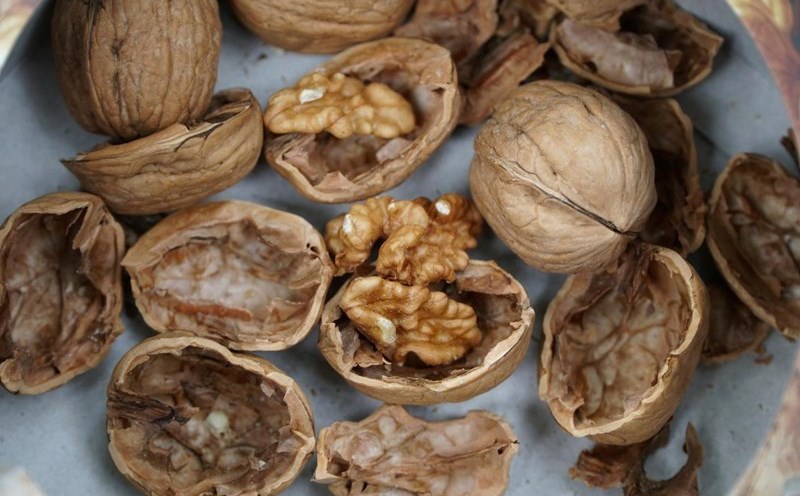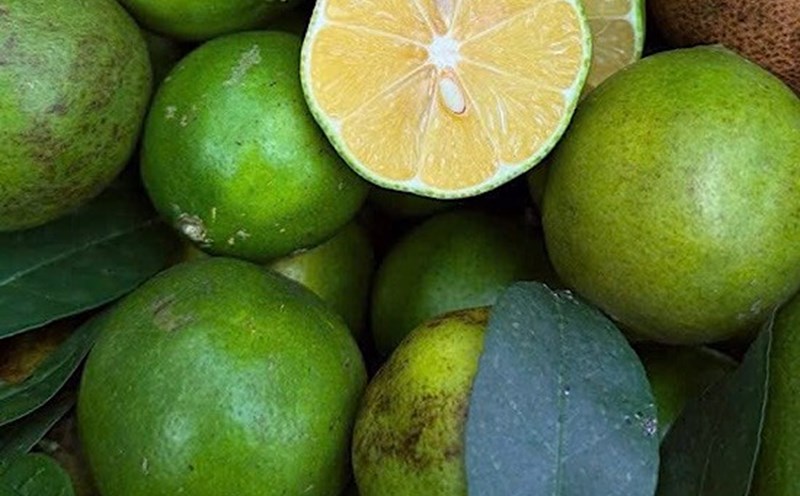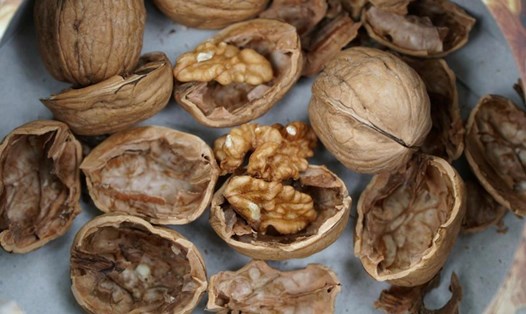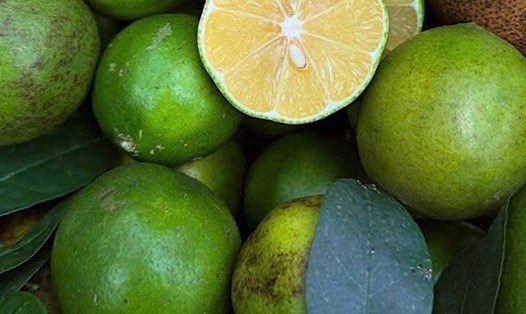Choosing the right dessert can help activate digestive enzymes, control blood sugar and speed up natural fat burning.
Among them, ripe papaya is considered a "golden" fruit that effectively, safely and scientifically helps reduce belly fat.
According to research by the National Institutes of Health (NIH), papaya belongs to the enzyme papain, an active ingredient that can break down proteins and lipids, helping to reduce the burden on the liver and intestines after meals.
When digestion is rapid, the body accumulates less fat, especially fat around the abdomen.
A clinical trial published in the Journal of Nutritional Biochemistry said that people who ate 150g of papaya after a main meal for 6 weeks had an average decrease in triglyceride and belly fat of 9%, while significantly improving their waist circumference.
soluble fiber in papaya helps stabilize blood sugar after eating, avoiding high insulin levels, the main cause of fat storage in the abdomen.
Eat 2-3 slices of ripe papaya after lunch or dinner for about 20 minutes. You can squeeze a few drops of lemon to increase vitamin C and antioxidant properties.
Belly fat is often caused by amores in fat tissue. The European Journal of Clinical Nutrition says papaya is high in vitamin C, beta-carotene and flavonoids, which are powerful antioxidants that help reduce cellulitis and improve insulin sensitivity.
Papaya also contains a rich amount of potassium, which helps regulate electrolyte balance and helps the kidneys remove excess sodium, reducing water retention - the cause of a large belly.
Many recent studies have shown a strong link between gut health and belly fat. When the microbiome is out of balance, the body absorbs fat more easily and accumulates fat faster.
The prebiotic fiber in papaya helps nourish the beneficial bacteria Bifidobacterium and Lactobacillus, two strains of microorganisms that increase fat metabolism and reduce intestinal inflammation.
In an 8-week study in gut Microbes Journal, the group of people who ate papaya after meals had a 17% improvement in the percentage of beneficial bacteria, while reducing the average 3 cm of belly size without changing other portions.
This proves the "slow" but sustainable metabolism of this fruit.











